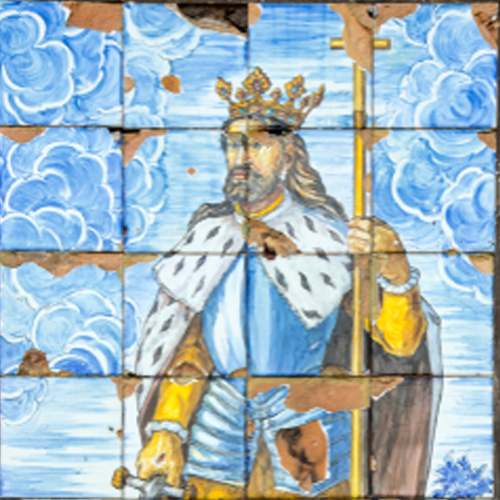
May 30
In Spanish, Ferdinand’s name is Fernando, and, in the United States, the City of San Fernando and the San Fernando Valley in California were named for him. In Texas, the Cathedral of San Fernando in the city of San Antonio was named in his honor.
Ferdinand was the king of two important sections of Spain, Castile and León. In addition, he was known for expanding the territory of Spain into the Iberian Peninsula, formerly held by Islam. In addition to his accomplishments as king, Ferdinand was instrumental in introducing the Dominicans, Franciscans, and Mercederians into Spain. These were not cloistered monks who often held large tracts of land but were mendicant (“begging”) friars, who went about preaching and teaching among the people. Ferdinand himself became a member of the Third Order of Saint Francis and is honored by the Franciscan order. It is interesting to note that his tomb was inscribed in four languages, symbolic of the various peoples inhabiting Spain at that time: Arabic, Hebrew, Latin, and an early version of Castilian (Spanish). The body of Saint Ferdinand can be seen today, incorrupt, in a gold and crystal casket in the Cathedral of Seville. He was buried in the simple robe and belt of a Franciscan friar, rather than the robes of a king. An incorrupt body is seen as a sign of holiness by the Church but is not considered a miracle.
(Image © Joaquin Ossorio Castillo, via Shutterstock)